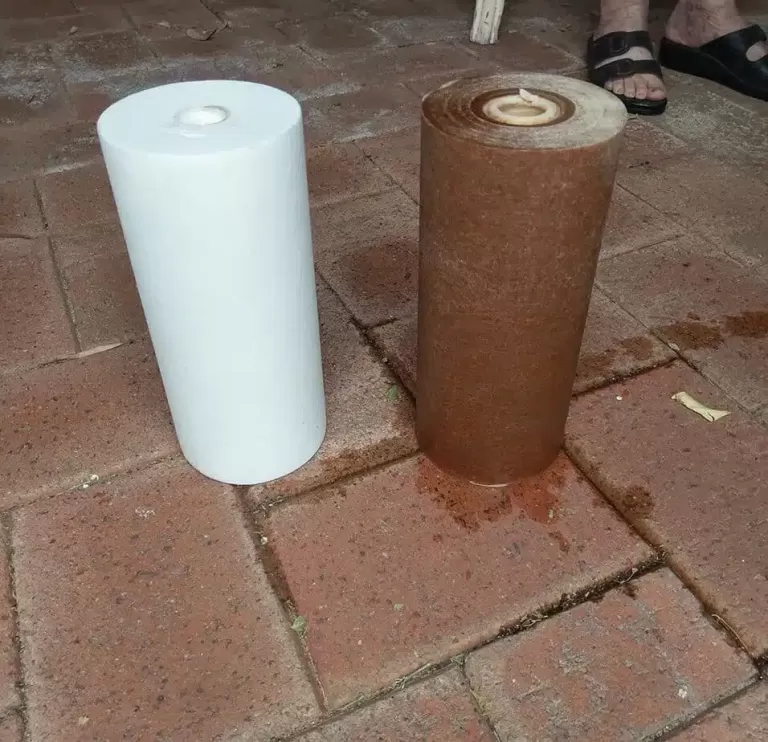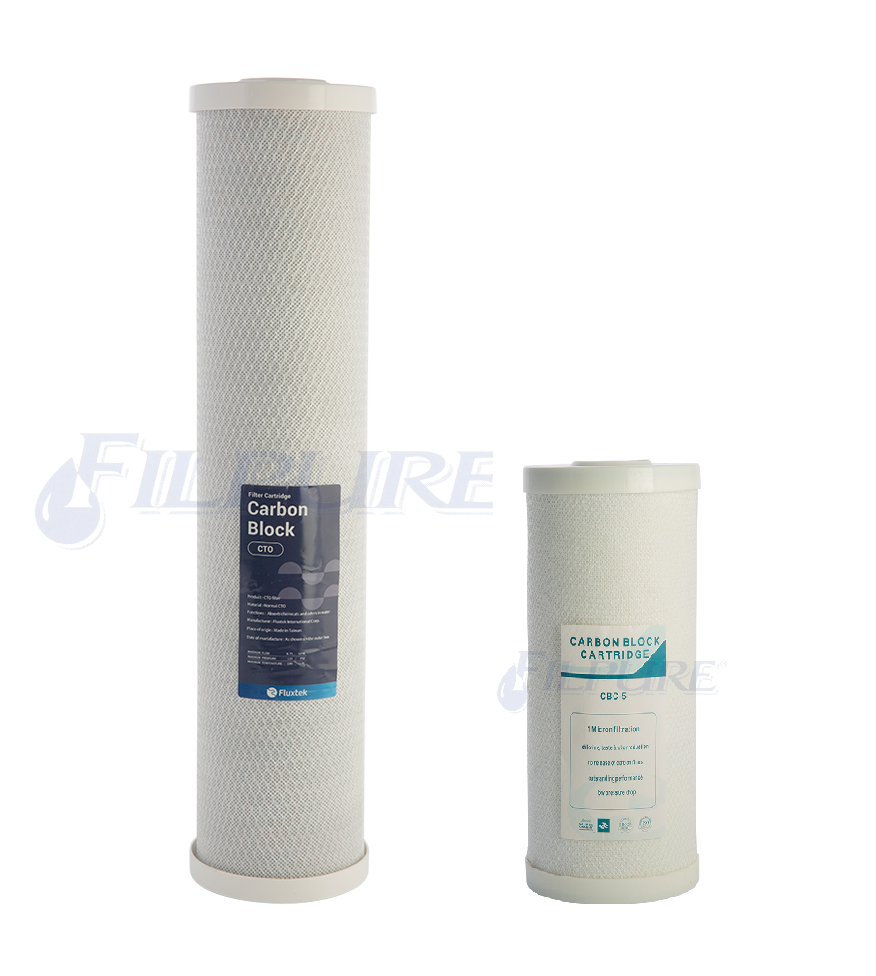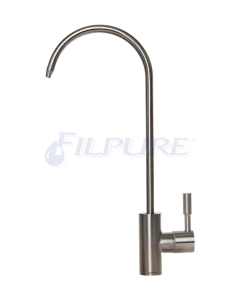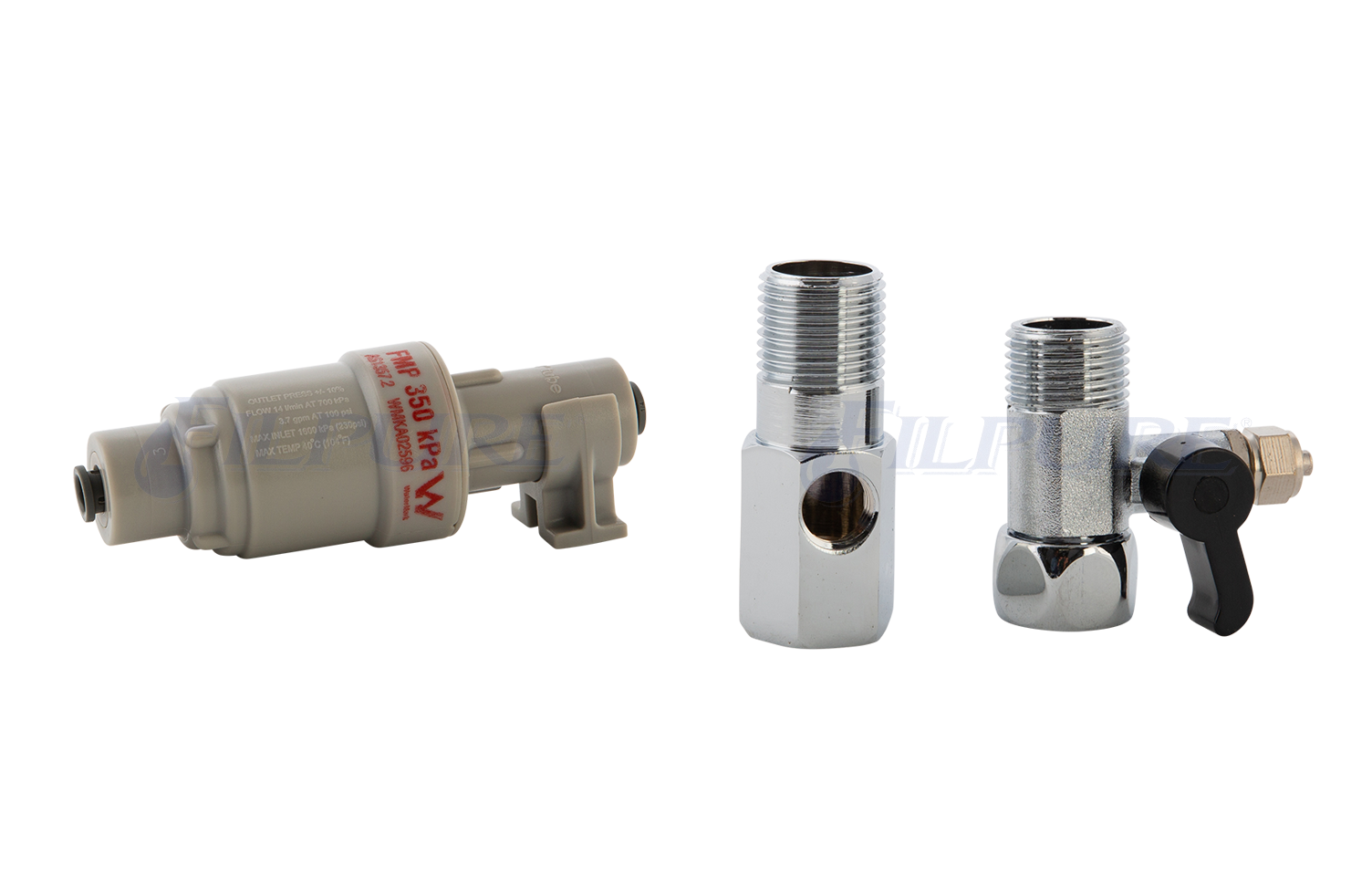Why Is My Whole House Water Filter Turning Brown? Causes & Fixes
Have you noticed your whole house water filter turning brown? It might look concerning, but in most cases, it’s a sign that the filter is doing exactly what it’s supposed to, like trapping dirt, rust, and other contaminants. But how do you know when the discoloration is normal and when it signals a bigger problem?
Your water filter is the first line of defense against impurities, but a brown filter can mean anything from harmless sediment to an issue with your water supply. In this guide, we’ll break down the reasons behind this discoloration, when you should be concerned, and how to fix it.
Is It Normal for a Whole House Water Filter to Turn Brown?
Yes, to an extent. Whole house water filters are designed to capture impurities like dirt, rust, and organic material, which often appear brown. If your filter is discolored, it means it’s doing its job. However, excessive browning in a short period can be a red flag. If your filter clogs up too quickly or your water pressure drops, it’s time to investigate further.

Common Reasons Your Water Filter Is Turning Brown
1. Sediment and Dirt Buildup
One of the most common reasons for a brown water filter is sediment accumulation. While Sydney’s municipal water supply is well-maintained, older pipelines or infrastructure repairs can still introduce rust, sediment, or pipe corrosion into the water. Additionally, construction work, heavy rainfall affecting catchments, or disruptions in the main water lines can stir up particles, causing your filter to clog faster.
2. Rust and Iron in the Water
A reddish-brown filter means iron buildup. While Sydney’s water is treated, older pipes can still introduce iron, which oxidizes into rust. This can stain sinks and give water a metallic taste.
3. Iron Bacteria and Biofilm Growth
A slimy brown coating on your filter may indicate iron bacteria, which create a sticky biofilm. This issue is rare in treated water but can occur in aging pipes, sometimes causing a musty odor.
4. Tannins from Organic Material
A yellowish-brown tint may come from tannins, natural compounds from decomposing plants. They’re harmless but can slightly affect taste, especially after heavy rains near wetlands.
When Should You Be Concerned?
A brown filter is often a sign that your system is working, but sometimes, it signals a more serious issue. If your filter clogs too quickly, like within a few weeks instead of months it might be struggling to handle excessive sediment or iron levels.
Another red flag is a sudden drop in water pressure, which can indicate that the filter is overloaded. If your filtered water still appears brown or has an unusual taste or odor, your current filter might not be enough for your water quality. In such cases, additional treatment methods may be needed.
Related: How To Clean Your Water Filter
How to Fix and Prevent Brown Water Filter Issues
1. Replace Filters on Time
All water filters have a lifespan, and ignoring replacement schedules can lead to poor filtration and clogged systems. Most whole house water filters should be changed every three to six months, but this depends on your water quality. If your filter turns brown unusually fast, switching to a higher-capacity sediment filter might help.
2. Test Your Water for Contaminants
Understanding what’s in your water is crucial for choosing the right filtration system. A basic home test kit can detect iron, sediment, bacteria, and pH imbalances. For a more detailed analysis, a professional water test can provide insights into specific contaminants affecting your filter.
If your home uses city water, checking your local water quality report can also give you an idea of potential issues.
3. Upgrade Your Filtration System
If your filter browns too quickly, upgrading your system can make a big difference. Installing a sediment pre-filter can help trap large debris before it reaches the main filter. Homes with high iron levels may benefit from an iron removal filter, while activated carbon filters can help with tannins and organic material.
For those dealing with biofilm or bacterial contamination, a UV purification system can eliminate harmful microorganisms, keeping your water and filters cleaner.
4. Maintain Your Plumbing System
Sometimes, the source of the problem isn’t the water supply but your own plumbing. Old, corroded pipes can release rust particles into your water, leading to faster filter discoloration. Flushing your pipes regularly can help clear out trapped debris, and if your home has outdated plumbing, replacing old galvanized pipes with modern materials like PEX or copper can significantly improve water quality.
Conclusion
A brown water filter isn’t always a cause for concern—it usually means your system is effectively capturing contaminants. However, if your filter clogs too quickly, reduces water pressure, or fails to improve water quality, it may be time to investigate further.
Regular maintenance, testing your water, and using the right filter combination can help keep your home’s water clean and safe. If the issue persists, upgrading your filtration system or addressing plumbing problems may be the best solution.















